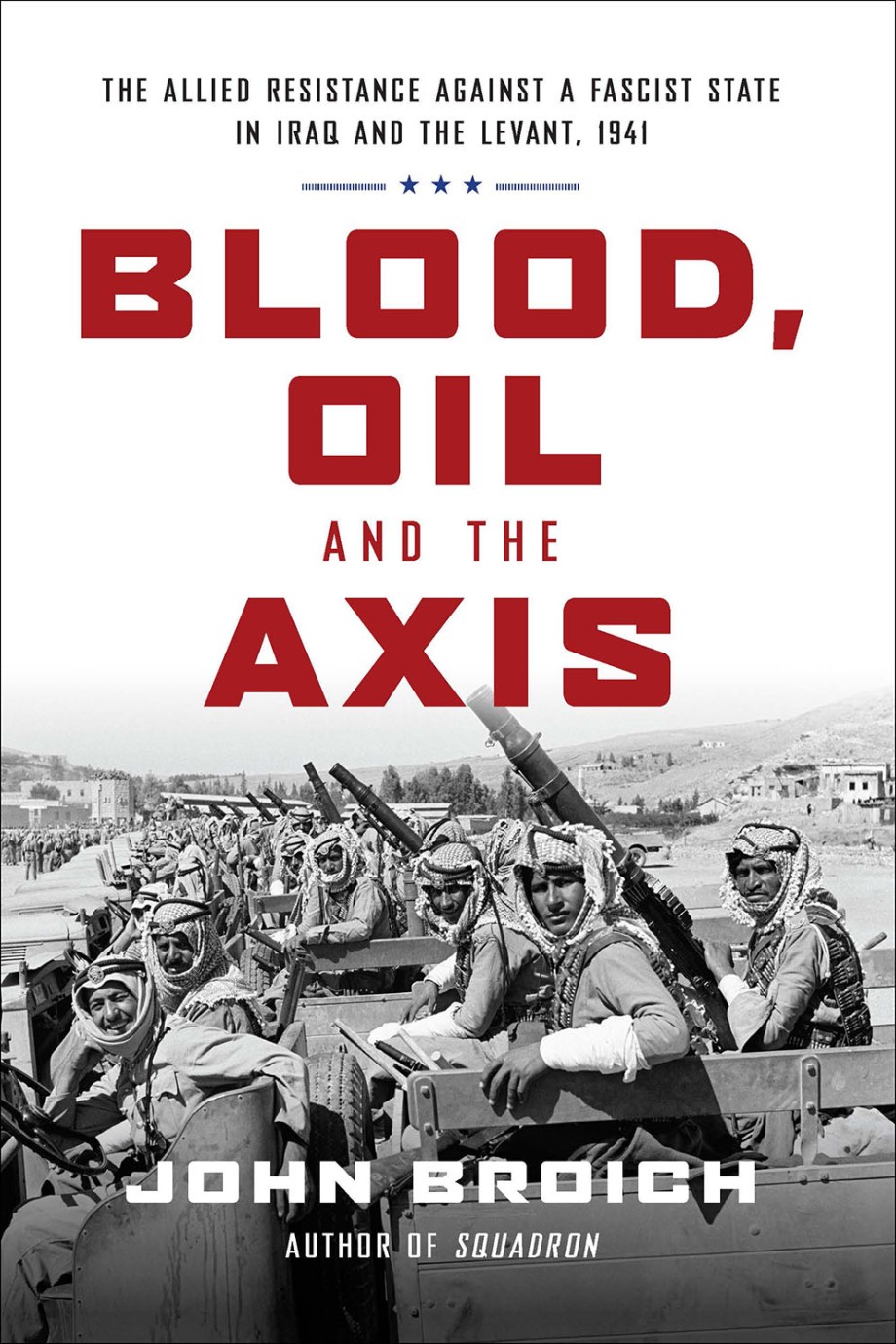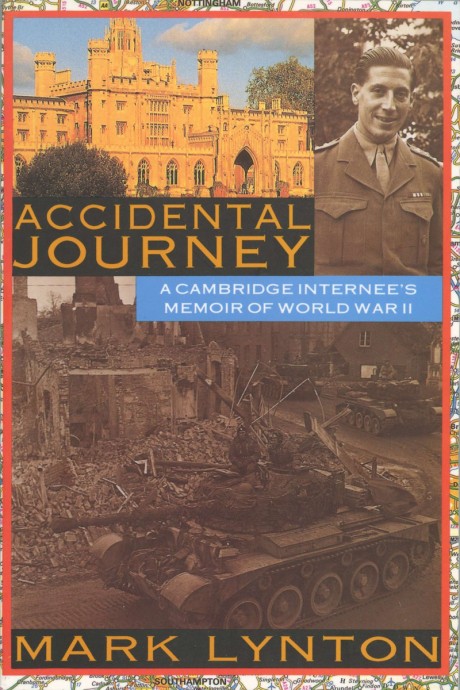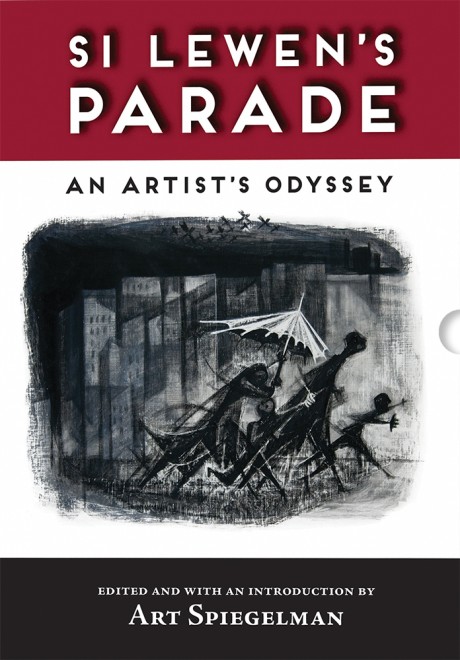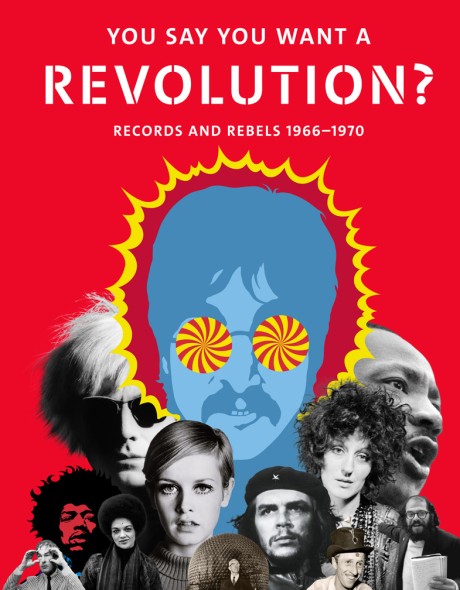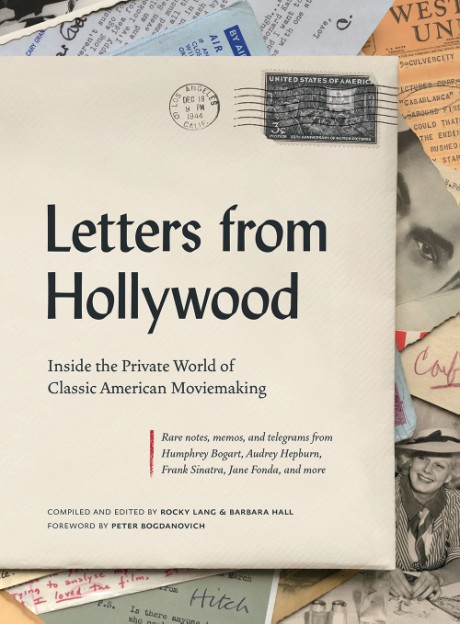An "almost absurdly colorful" history of the WWII battle for the Levant: "In places . . . the material is like Casablanca meets The English Patient" (The Wall Street Journal).
In the spring of 1941, the Allied forces had one last hope: that the Axis would run through its fuel supply. In Blood, Oil and the Axis, historian John Broich tells the vital story of Iraq and the Levant during this most pivotal time of the war. Four Iraqi generals staged a pro-German coup in Iraq, they established military cooperation between the Axis and the Middle East. The Allies responded with an improvised and unlikely coalition: Palestinian and Jordanian Arabs, Australians, American and British soldiers, Free French Foreign Legionnaires, and Jewish Palestinians. All shared a common desire to quash the formation of an Axis state in the region.
Taking readers from a bombed-out Fallujah, to Baghdad, to Damascus, this definitive chronicle features numerous memorable figures, including Jack Hasey, a young American who fought with the Free French Foreign Legion; Freya Stark, a famous travel-writer-turned-government-agent; and even Roald Dahl, a young Royal Air Force recruit and future author of beloved children's books.
Praise
“Smartly written and deeply researched . . . a remarkable story of courage, initiative, and bold small-unit leadership.”Military History Magazine
—
Broich tells the story with enthusiasm and an impressive ability to summarize big-picture complexities. . . . In places, as spies stalk the region, the material is like Casablanca meets The English Patient. . . . Broich’s research in original documents and archives is impressive, his telling of the story in part through personal accounts is unique and his point of view is free of tedious ideological ax-grinding.The Wall Street Journal
—
Foreword Reviews“Blood, Oil, and the Axis is a war story that fits well into the larger narrative of World War II, showing how colonialism shaped numerous conflicts in the Middle East and tracking the emergence of future movements there. It’s a worthy, informative, and enjoyable history of the war, highlighting an often overlooked aspect of the conflict.”
—



